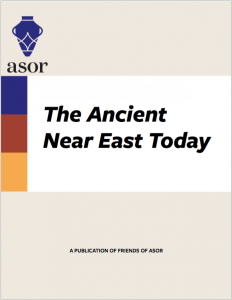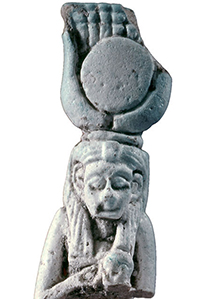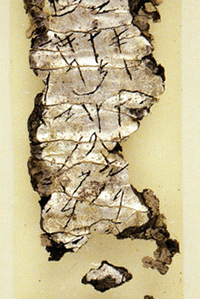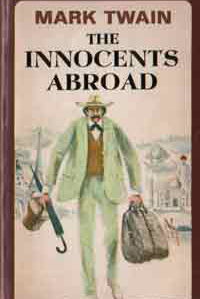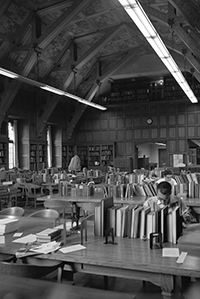

September 2013
Vol. 1, No. 6
Welcome to The Ancient Near East Today, No. 6! This issue shines a spotlight on the Biblical world: Debora Sandhaus takes us to Iron Age Hazor in the centuries before the Assyrian destruction, Robert Mullins and Nava Panitz-Cohen introduce their new project at Abel Beth Maacah on Israel’s border with Lebanon (the ancient Aramean border), and Richard Hess discusses the on-going mysteries of Israelite religion—or is it religions?
As always, the issue also moves beyond the Biblical world and addresses contemporary issues in Middle East. Uzi Baram also examines the last two centuries of tourism in the Middle East, and Scott Branting and his colleagues show how the past can be accessed using the Oriental Institute’s new database system. All this, plus links to news, books, videos and more!
As always, please forward articles from The Ancient Near East Today to family and friends, post links to Facebook, and be in touch with the editor. Remember, being a Friend of ASOR is free!
Hazor in the Ninth and Eighth Centuries BCE: From Omri to the Assyrian Destruction
By: Débora Sandhaus
David and Solomon are controversial historical figures, but their successors, especially the Israelite dynasty of Omri, are not. Hazor was a thriving center of the northern kingdom of Israel. Its extensive remains illustrate the life of Iron Age cities as they fell under the shadow of the Assyrian onslaught…[READ MORE]
Breaking Ground at Tel Abel Beth Maacah—Why Dig at the Gateway to the Arameans
By: Robert Mullins and Nava Panitz-Cohen
Abel Beth Maacah is an imposing 35-acre mound controlling one of the most strategic passes in northern Israel and has the honor of being the northernmost site in Israel (running neck-and-neck with nearby Tel Dan, but winning by a nostril). It was also ancient Israel’s northern gateway to the Aramean world…[READ MORE]
Current Issues in Israelite Religion
By: Richard S. Hess
The archaeology of Israelite religions continues to evoke new evidence and approaches. Recent reassessments raise the question of monotheism in pre-exilic Israel. Put another way, did anyone believe in a single deity before the fall of Jerusalem in 587/6 BCE? The traditional critical view has been that Josiah instituted a (Deuteronomistic) revolution that created the worship of a single deity. For some this has given way to the understanding that belief in a single deity cannot be affirmed with certainty before the deportation of Judah to Babylon, and possibly much later…[READ MORE]
200 Years of Tourism in the Holy Lands – From Mark Twain to the Digital Age
By: Uzi Baram
Heritage contends with nature as the fastest growing parts of the world’s largest industry, tourism. Heritage tourism involves visits, usually leisurely and purposefully enjoyable, to a historically or culturally significant locale. Archaeological sites are particularly attractive for heritage tourism. Ruins and histories buried by time provide opportunities to see and maybe even touch something hidden for centuries or millennia. The phenomenon is well known to visitors to the Near East, which remain an attractive tourist destination…[READ MORE]
Digging through Data at the Oriental Institute
By: Scott Branting, Jack Green, and Foy Scalf
Think back to the time when you last visited a library and flicked through a card catalog to find a book. Card catalogs were made obsolete by computer databases in the 1980s, and were followed by online access to libraries’ collections during the 1990s and 2000s. In this digital world of Wi-Fi, data mining, and the insatiable hunger for immediate online access to research materials, the library card catalog is now almost consigned to the graveyard…[READ MORE]
